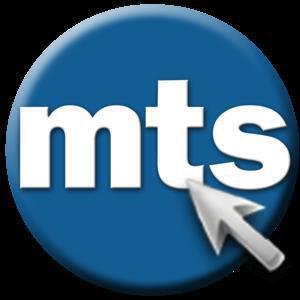- Major League Baseball is testing a system that allows players to challenge balls and strikes during a game. The test is taking place at 13 ballparks during spring training.
- The challenge system, known as ABS, was tested in the minor leagues and won out over full robot umpires that would have replaced humans.
- Each team is allowed two challenges per game. However, if a team loses those two, they aren’t allowed any more challenges during the game.
Full Story
Baseball umpires have been calling balls and strikes since soon after the game was invented in the mid-19th century. Nearly 160 years later, those umpires will finally get some help –– at least during spring training.
MLB’s new automated ball-strike system, or ABS, is now being tested at 13 ballparks, and across 19 teams, in Arizona and Florida. If all goes well, it could be implemented in the major leagues as soon as the 2026 season.
What is the ABS challenge system?
Simply put, the ABS system is a way for players to challenge an umpire’s call. The system has been tested in the minor leagues for several years and won out over the use of robot umpires, computers that make every call and replace human umpires. Instead of relying on robot umpires to make the calls, the ABS leans on human umpires, and only comes into play for challenges.
The Texas Rangers’ Bruce Bochy, one of the most successful managers in the game, said it will take some getting used to but he’s willing to test the system out.
“I’ve seen it on the minor league side and seems like it’s created interest in the game, it goes pretty quick,” Bochy said. “You have to challenge right away –– the pitcher, the batter and the catcher are the three that can challenge this –– and I think it’s created interest with the fans, they have fun with it. So, we’ll see how it goes.”
What are some of the features or rules?
The strike zone used in the new challenge system is based on each batter’s height. Once the umpire makes a call, the batter, catcher or pitcher must challenge that call immediately by tapping on his hat or helmet. Each team starts the game with two challenges. However, they risk losing those challenges if a call is confirmed.
Baltimore Orioles manager Brandon Hyde says his minor league teams figured out they needed to be judicious about when to use the system and when to let a call go.
“They had rules last year in triple-A about, kind of, who could, who couldn’t, time of the game –– all that kind of stuff,” Hyde said. “Because guys were so aggressive early, early in the game and losing … [Y]ou don’t want it to be in the biggest spot in the game, and [Adley] Rutchman’s up, and he doesn’t have a challenge, and he knows the strike zone better than anybody.”
How will fans know what’s happening?
The set-up used to track balls and strikes is called the Hawk-Eye system. When a challenge is made, the video is shown to fans on a stadium’s video board and on the game broadcast for those watching at home. The league says they’ll be paying attention to how fans react.
According to the MLB, the ratio of calls overturned has been close to 50/50, with catchers overturning the most calls.
The best-case scenario for the test, according to Morgan Sword, MLB’s vice president of game operations, is to have everyone feel comfortable using it before spring training ends.
“Getting a majority of our players, coaches and fans feeling like they prefer that version of baseball to the status quo,” Sword said, adding, “we’re gonna find out that information at the end of the spring.”
There is some work to do in that regard. Legendary manager Terry Francona, in what will be his first season with the Cincinnati Reds, has asked his veteran players not to use the system. Given that he doesn’t think it’ll be part of the regular season, he doesn’t want to bother investing time in the experiment.












































